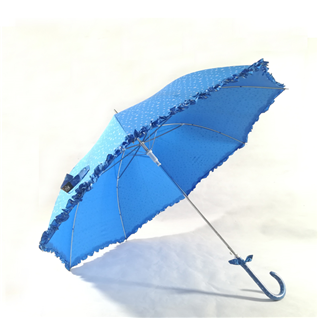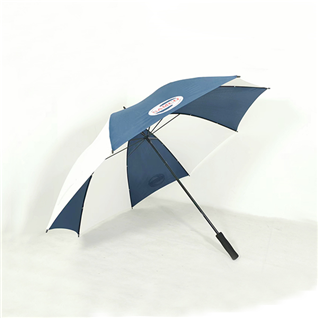+86-0755-27720464
+86-0755-27720464
Expert Tips from Umbrella Manufacturers
Date:2024-11-28Browse times:1196
Umbrellas are an essential item in daily life, providing protection against rain and the sun. However, the process of manufacturing an umbrella involves much more than just putting together a canopy and a frame. As experts in the field, Full Umbrella Manufacturers have honed their craft to ensure that each umbrella produced not only serves its primary purpose but also performs with durability, style, and practicality. Here are some valuable tips from our years of experience in umbrella production:
The quality of materials used in umbrella construction plays a pivotal role in determining its performance and durability. Full Umbrella Manufacturers focus on using high-quality, weather-resistant fabrics and metals to withstand the harshest conditions.
Frame: A durable frame is essential for an umbrella’s stability. Steel frames are widely used due to their strength, but fiberglass frames have become increasingly popular because they are lighter and more flexible, offering better resistance to wind.
Wind is one of the biggest challenges that umbrellas face. An umbrella that flips inside out or breaks in strong winds is of no use to the user. Full Umbrella Manufacturers pay special attention to the wind-resistance design to create umbrellas that can withstand harsh conditions.
Ventilation: Some umbrellas are designed with vents or double canopies, allowing wind to pass through and reduce the pressure on the fabric. This helps prevent the umbrella from flipping inside out or collapsing under the force of strong gusts.

A comfortable handle is a key element of user satisfaction. Since umbrellas are frequently used in rainy weather, when people may already be cold and uncomfortable, the handle design can significantly impact the overall experience.
Automatic Open/Close Features: Many modern umbrellas now feature an automatic opening and closing mechanism. This can be a huge convenience in situations where one hand is busy holding bags or briefcases. Full Umbrella Manufacturers focus on ensuring that the automatic mechanism is smooth, reliable, and sturdy.
While large umbrellas offer better coverage, compact umbrellas that can be folded into small sizes are ideal for people on the go. Whether it’s for carrying in a purse or keeping in a car for emergencies, portability is a critical feature for many umbrella users.
Weight: Lightness is an essential factor when it comes to portable umbrellas. The materials used for both the frame and canopy should be lightweight without compromising on strength.
In recent years, there has been an increasing demand for sustainable and eco-friendly products, and umbrellas are no exception. Full Umbrella Manufacturers are committed to producing umbrellas that are not only high-performing but also environmentally responsible.
Durability: Rather than encouraging consumers to discard their umbrellas after a single season, Full Umbrella Manufacturers focus on creating durable products that last for years. This reduces waste and the need for constant replacement.

For businesses and individuals looking to make a statement or offer a functional gift, custom umbrellas are an ideal solution. Full Umbrella Manufacturers work closely with clients to create unique, branded, or personalized umbrellas for a wide variety of uses.
Personalization: Offering custom handles or color options allows consumers to choose an umbrella that matches their style or needs. This level of personalization has become increasingly popular in both corporate and consumer markets.
As technology advances, umbrellas are incorporating more features that enhance convenience and usability. Full Umbrella Manufacturers are always exploring new technologies and materials to improve umbrella functionality.
Smart Umbrellas: The advent of “smart” umbrellas is another exciting development in the industry. Some umbrellas now come with features such as Bluetooth-enabled tracking, which can help users find their umbrellas if they are lost. Others include built-in sensors that can detect rain, prompting the umbrella to open automatically when it starts to rain.
Ensuring that every umbrella meets high standards is essential to the reputation of Full Umbrella Manufacturers. Each umbrella undergoes a rigorous quality control process to guarantee it is durable, functional, and defect-free.
Performance Under Stress: Umbrellas are subjected to repeated opening and closing to ensure that the mechanical parts operate smoothly for thousands of uses.
Full Umbrella Manufacturers understand that the key to producing a top-tier umbrella is a combination of high-quality materials, expert craftsmanship, and attention to detail in every step of the manufacturing process. By incorporating these expert tips into their production process, they ensure that every umbrella not only serves its functional purpose but also offers value and satisfaction to the end user.